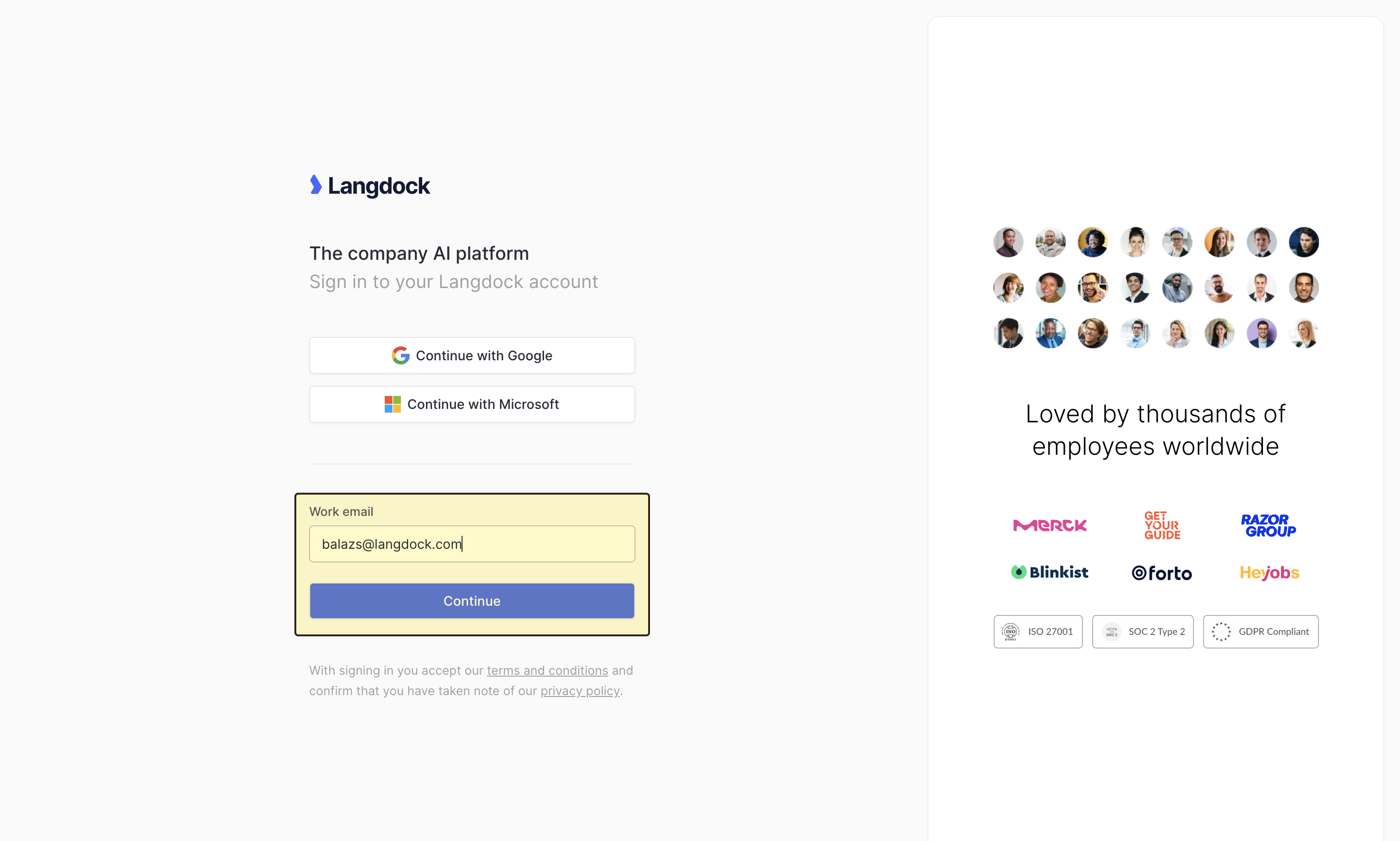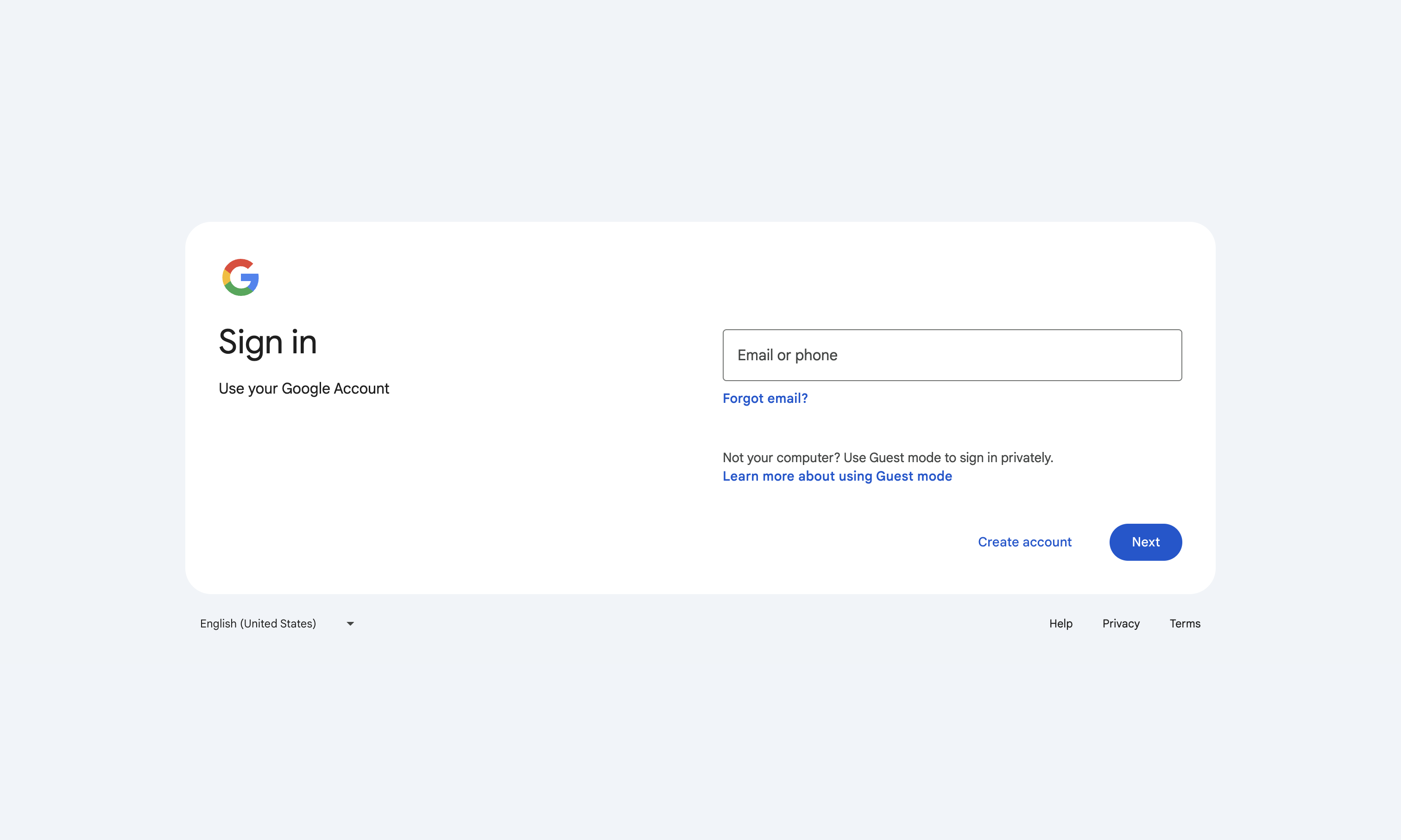You can also reach out to [email protected] to set up your SSO integration with assistance.
Prerequisites
- Access to an admin account in your Langdock workspace
- A Google Workspace Admin account with the ability to create and manage Apps
- “Join by domain” must be enabled in your Langdock security settings.
Create a new custom SAML app
First, you need to create a new custom SAML app in your Google Workspace Admin console. To do this, follow these steps:- In your Admin console, navigate to the Menu and then “Apps” and then “Web and mobile apps”
- Create a new custom SAML application by clicking on “Add app” and “Add custom SAML app”
- Name your application (e.g., “Langdock”) and, optionally, upload an icon
- Click Continue
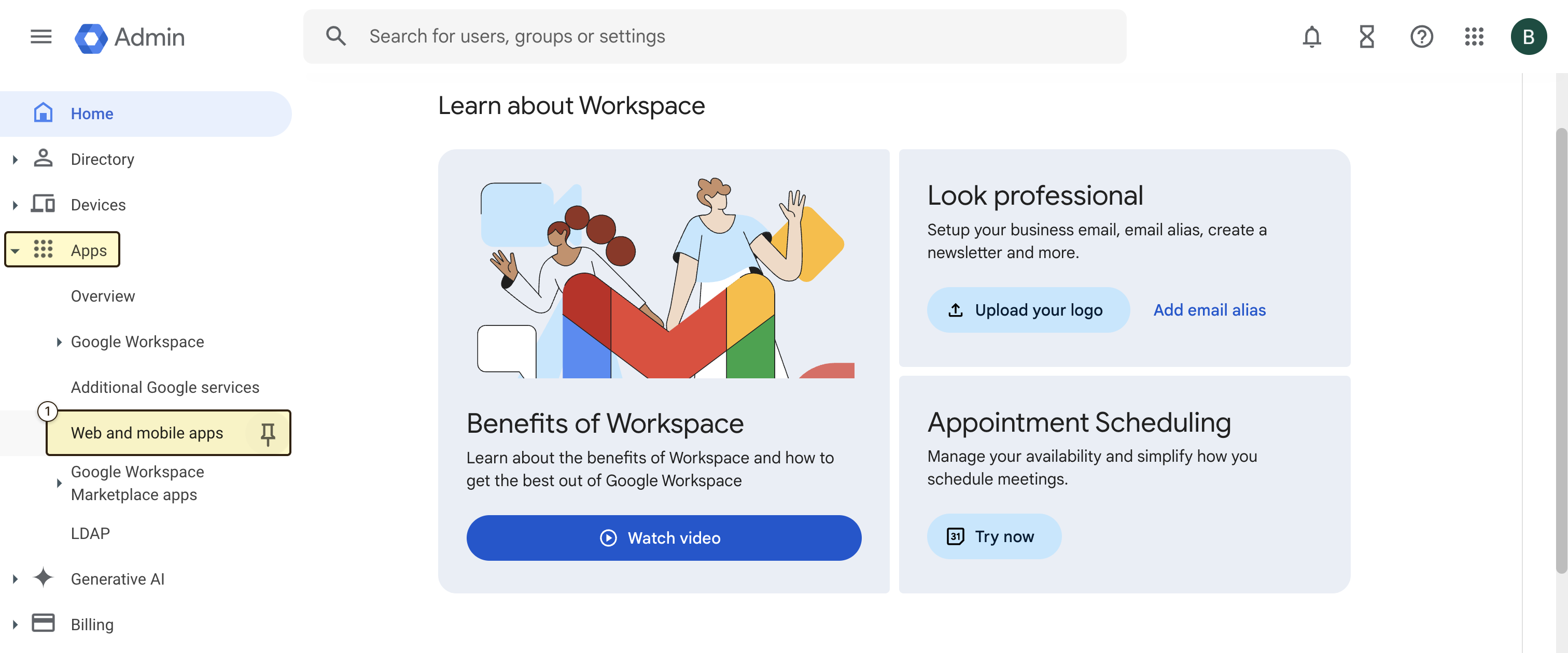
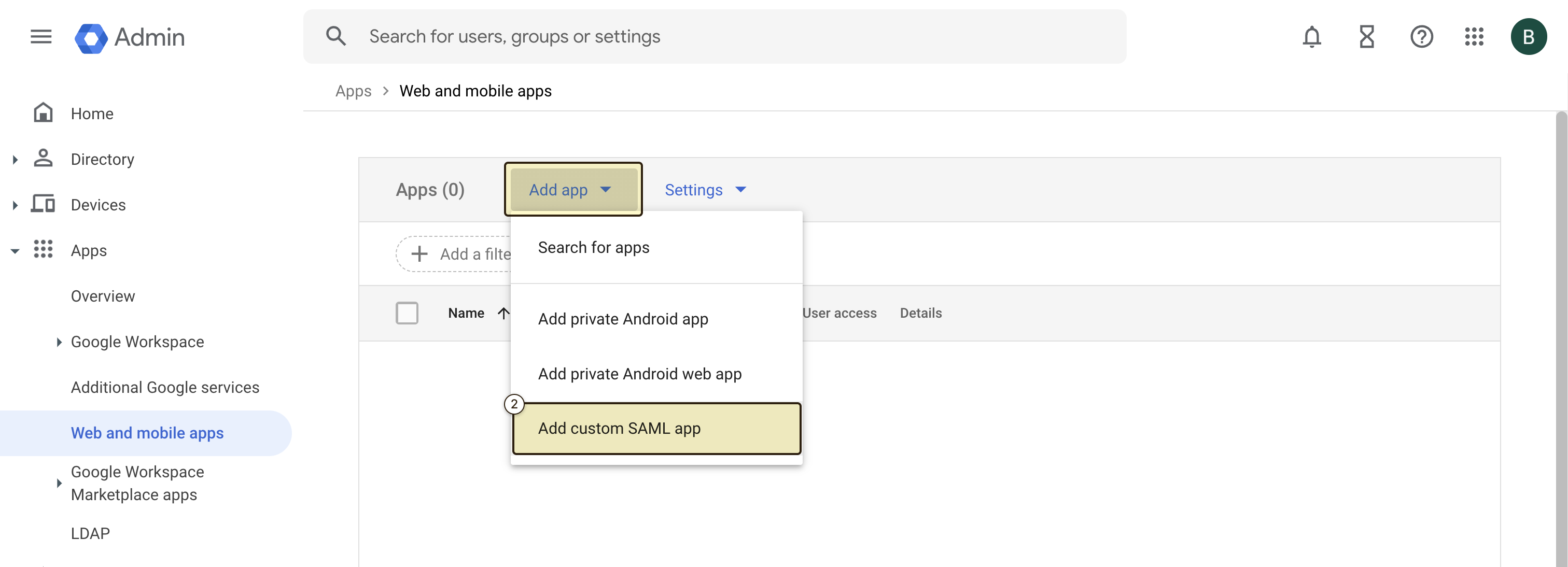
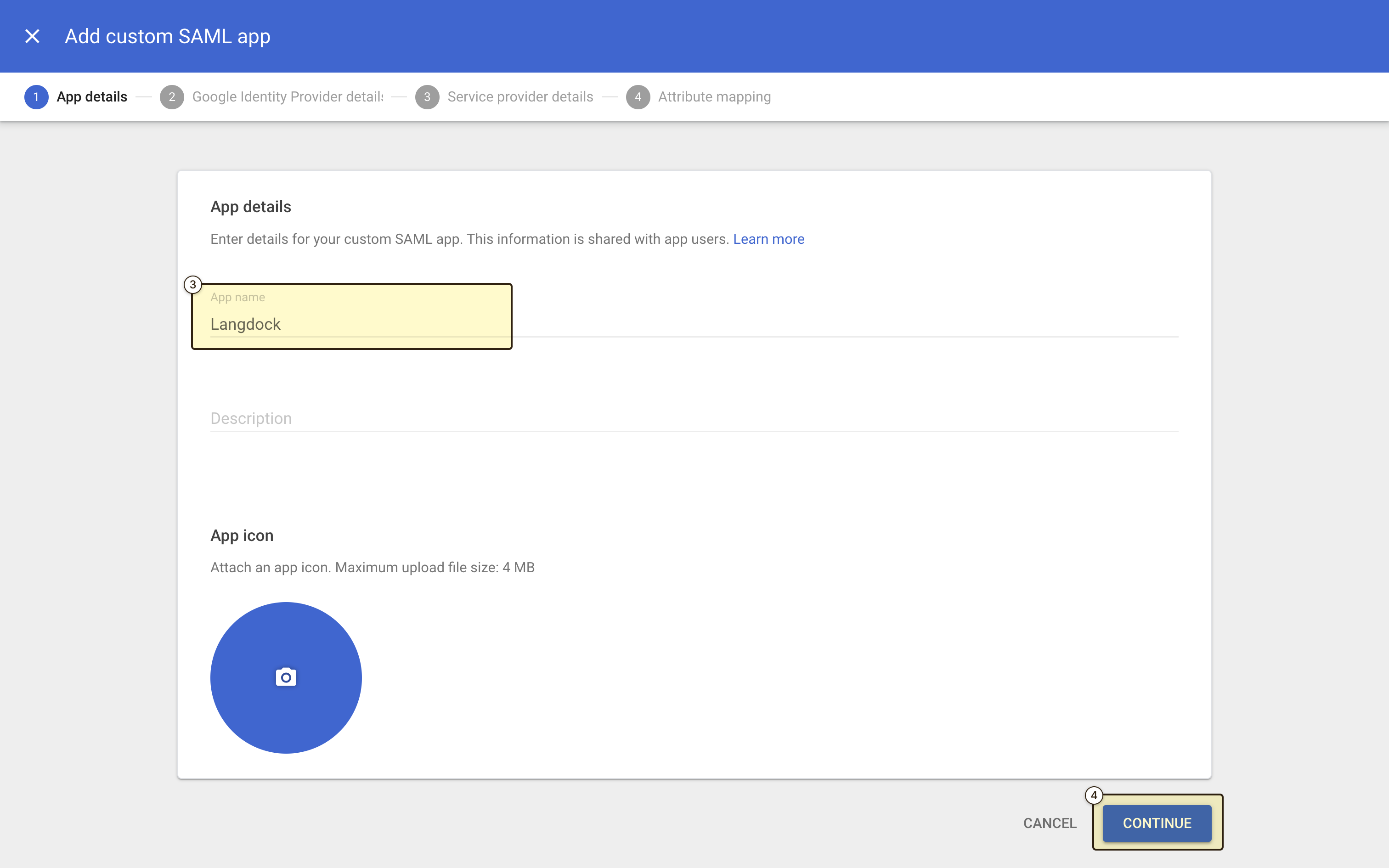
SAML Configuration
Langdock uses SAML 2.0 as the standard for SSO authentication. After creating the application, you need to configure the SAML settings, which will allow Langdock to authenticate users via SAML. First, you need to copy configuration values from the Google Workspace Admin console to Langdock. In Langdock, navigate to the Security settings and activate the “SAML Active” toggle. After this, you need to fill out the following fields:- “Issuer”: can be any unique id of your custom SAML app, e.g.,
langdock.com - “Sign on URL”: The “SSO URL” value from Google Workspace Admin console (e.g.,
https://accounts.google.com/o/saml2/idp?idpid=XXXXXXXXX) - “Certificate”: The “Certificate” value from Google Workspace Admin console. This will be in the format of:
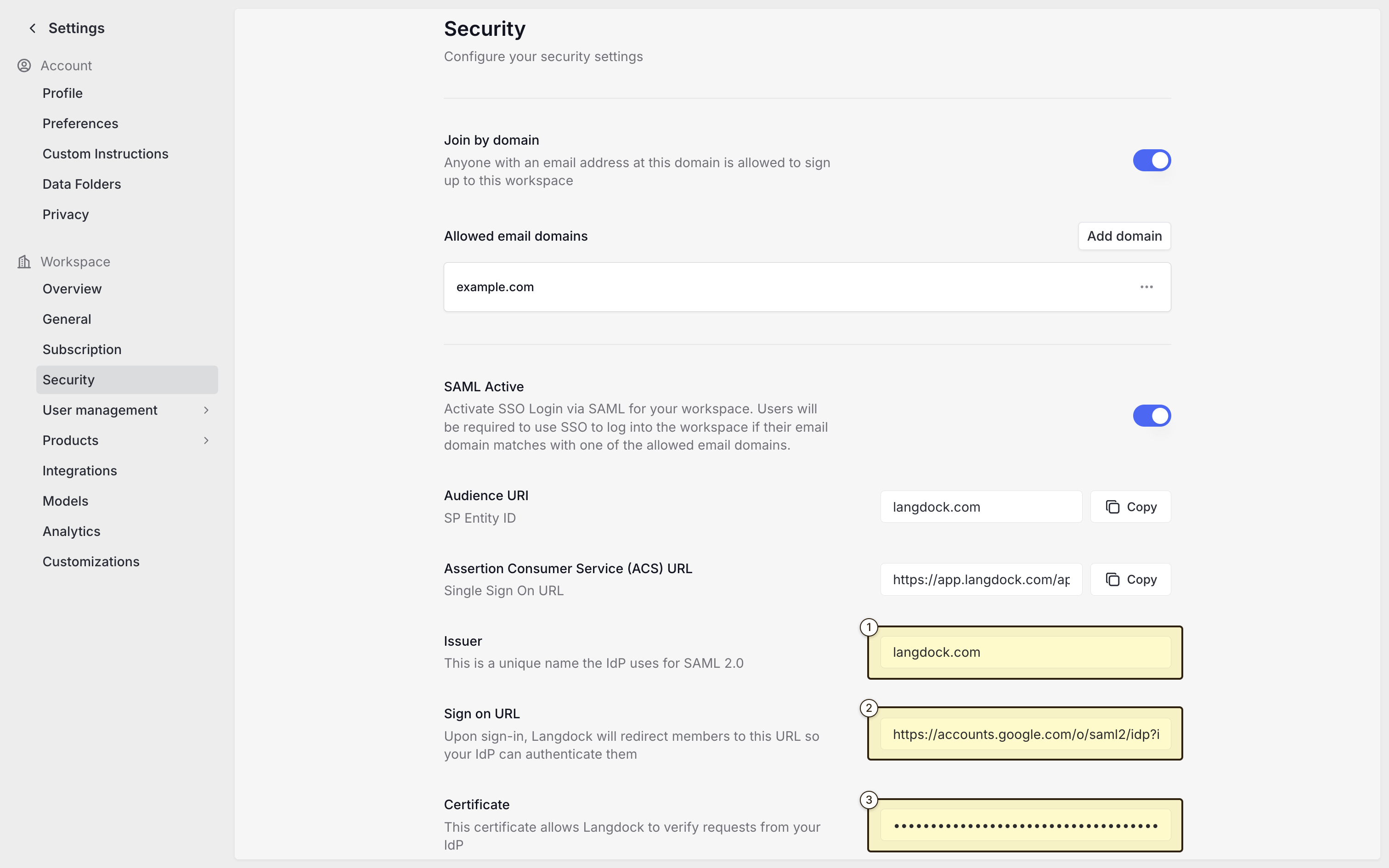
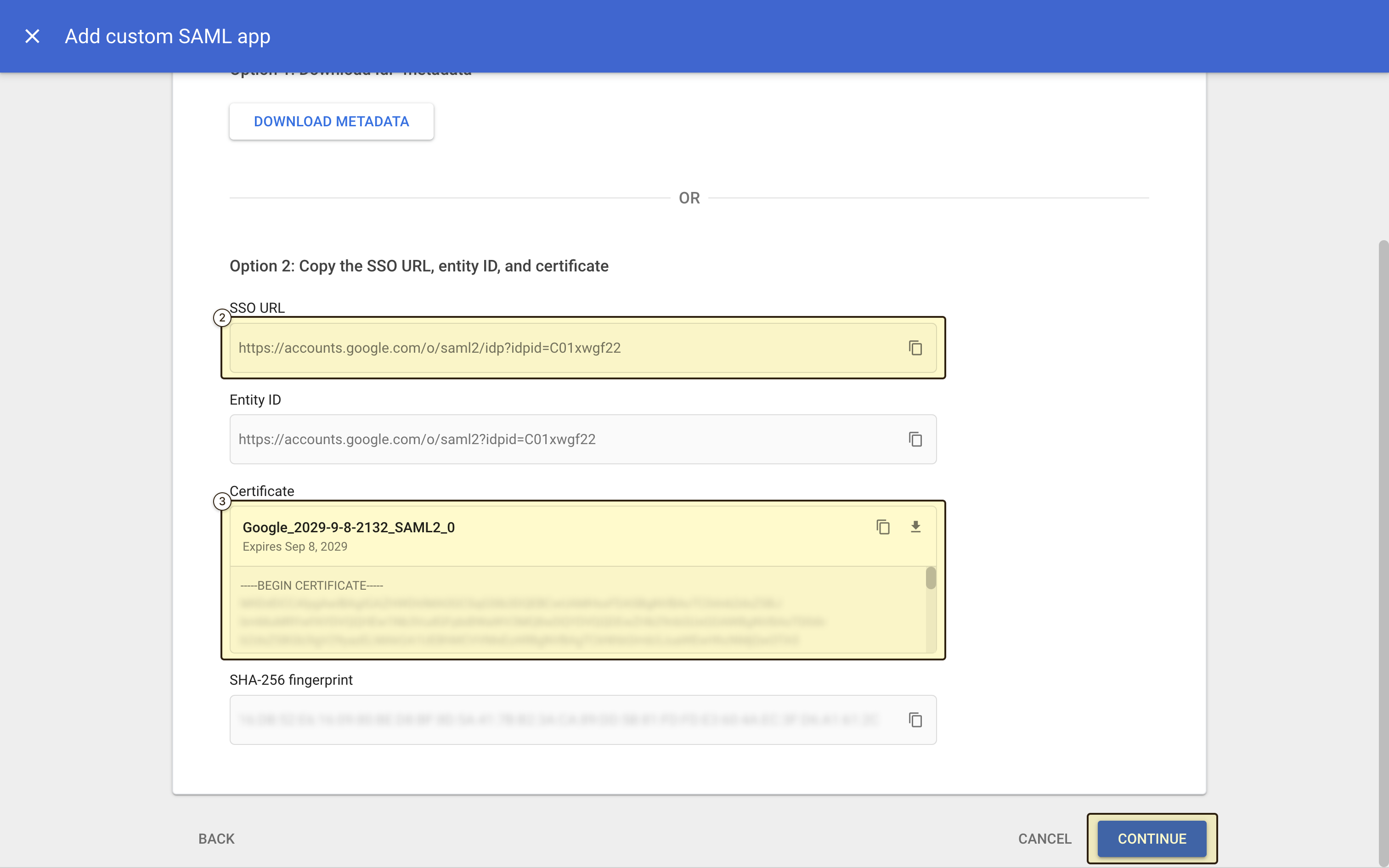
- “ACS URL”: The “Assertion Consumer Service (ACS) URL” value from Langdock
- “Entity ID”: The same value as the “Issuer” field in the previous step (e.g., langdock.com)
- “Signed response”: Make sure this is checked
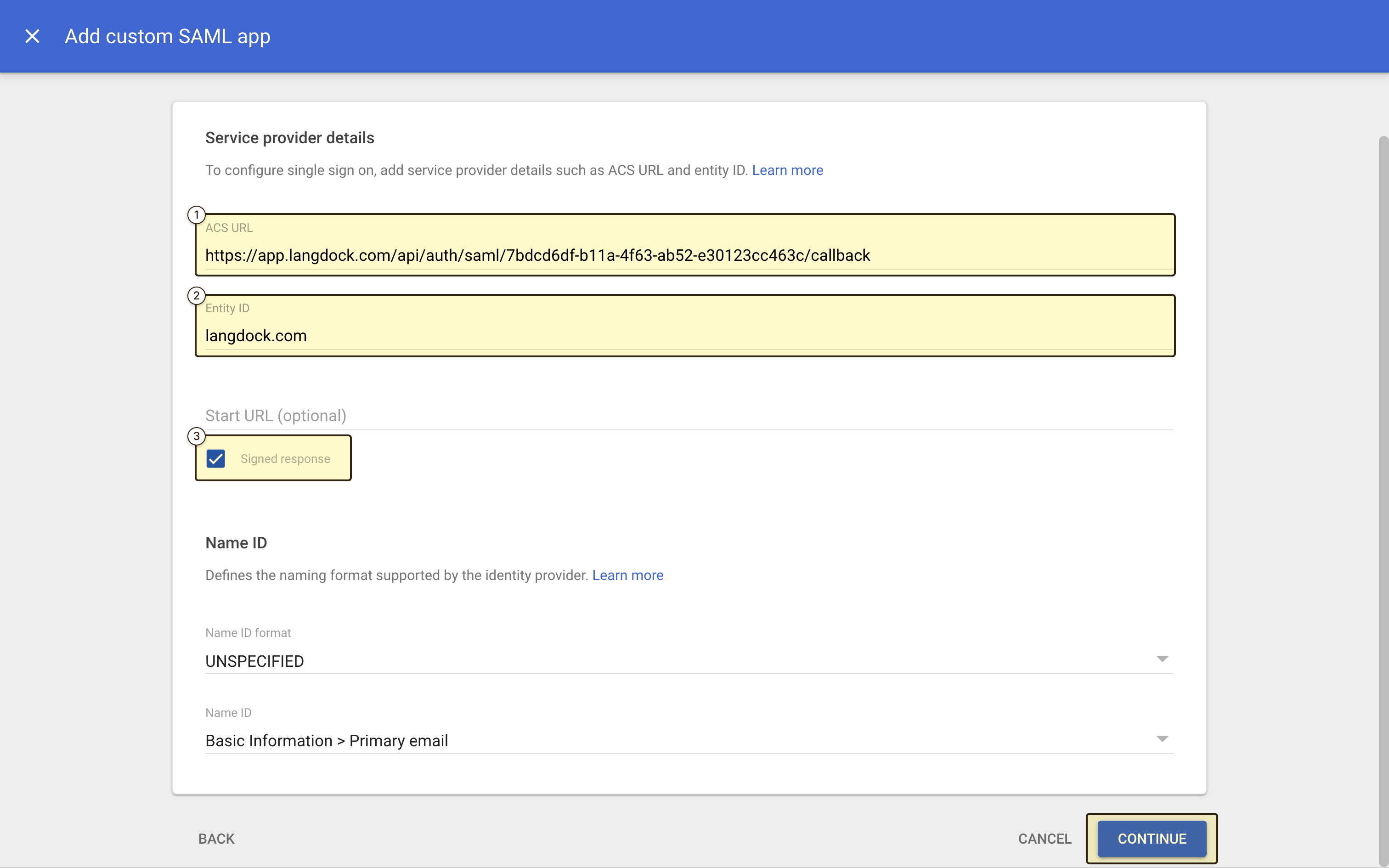
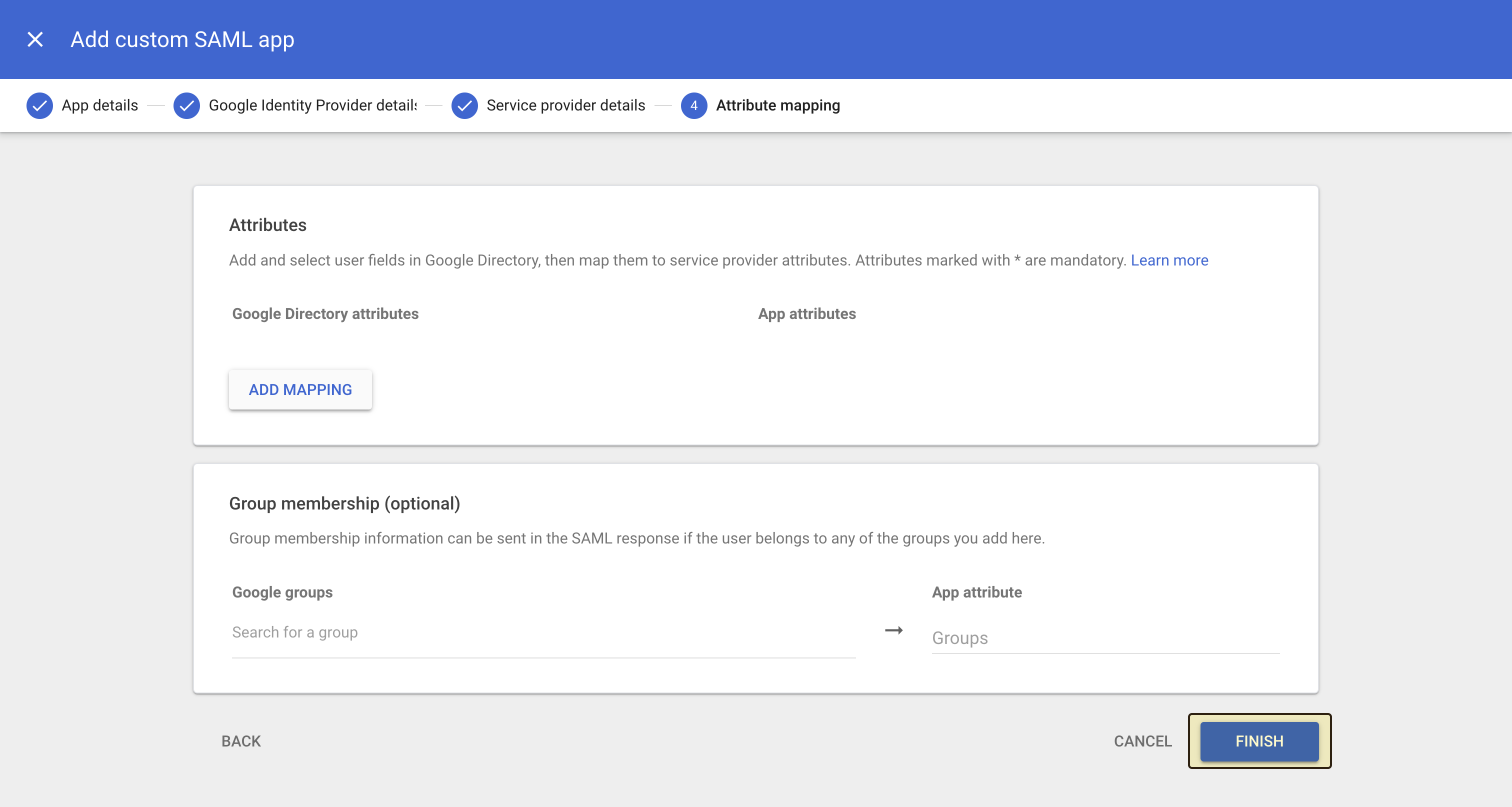
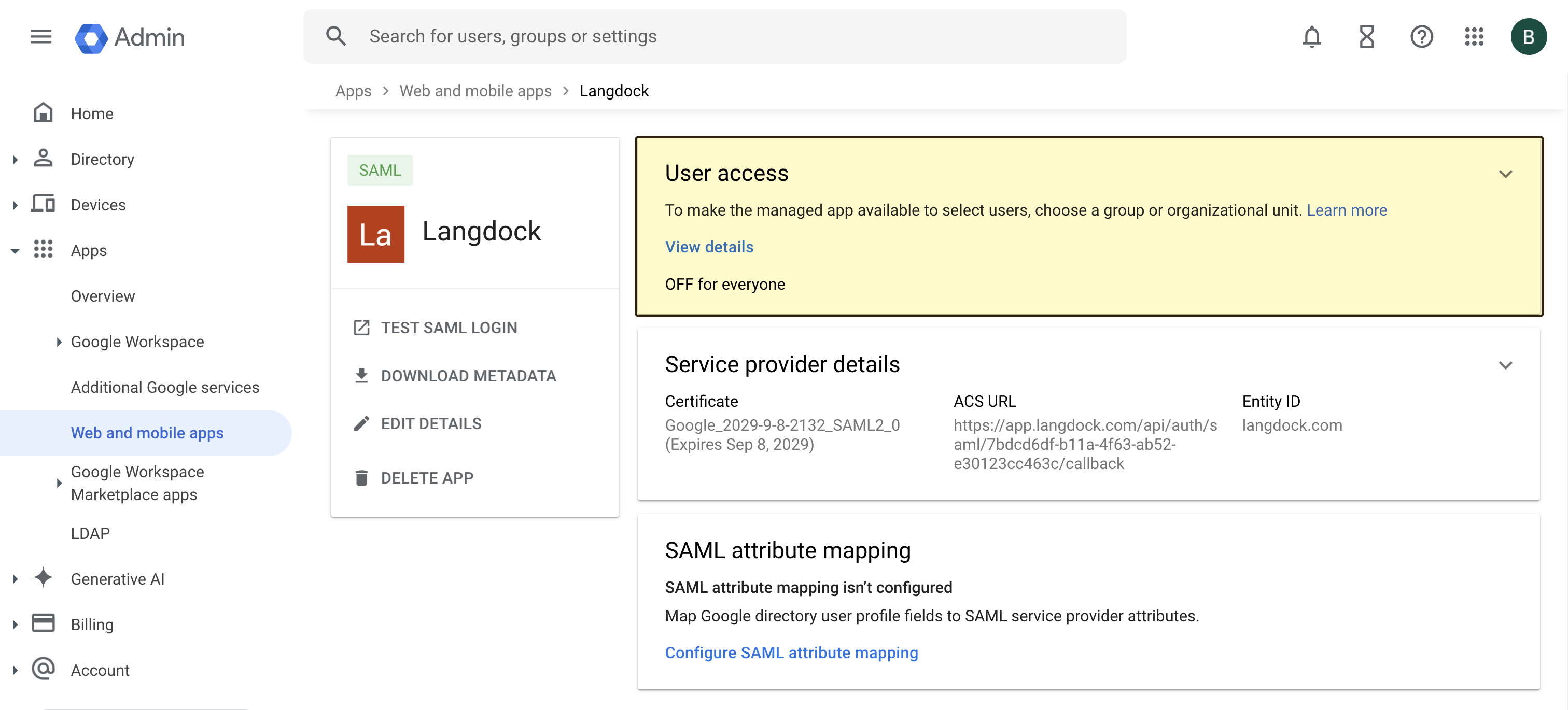
Test the SAML setup
To test the SAML setup, open seperate browser or an incognito window and navigate to https://app.langdock.com. Enter an email address of a user in your Google Workspace account and click “Continue”. You will be redirected to the Google login page, where you can enter your credentials. After successful authentication, you will be redirected back to Langdock and logged in.